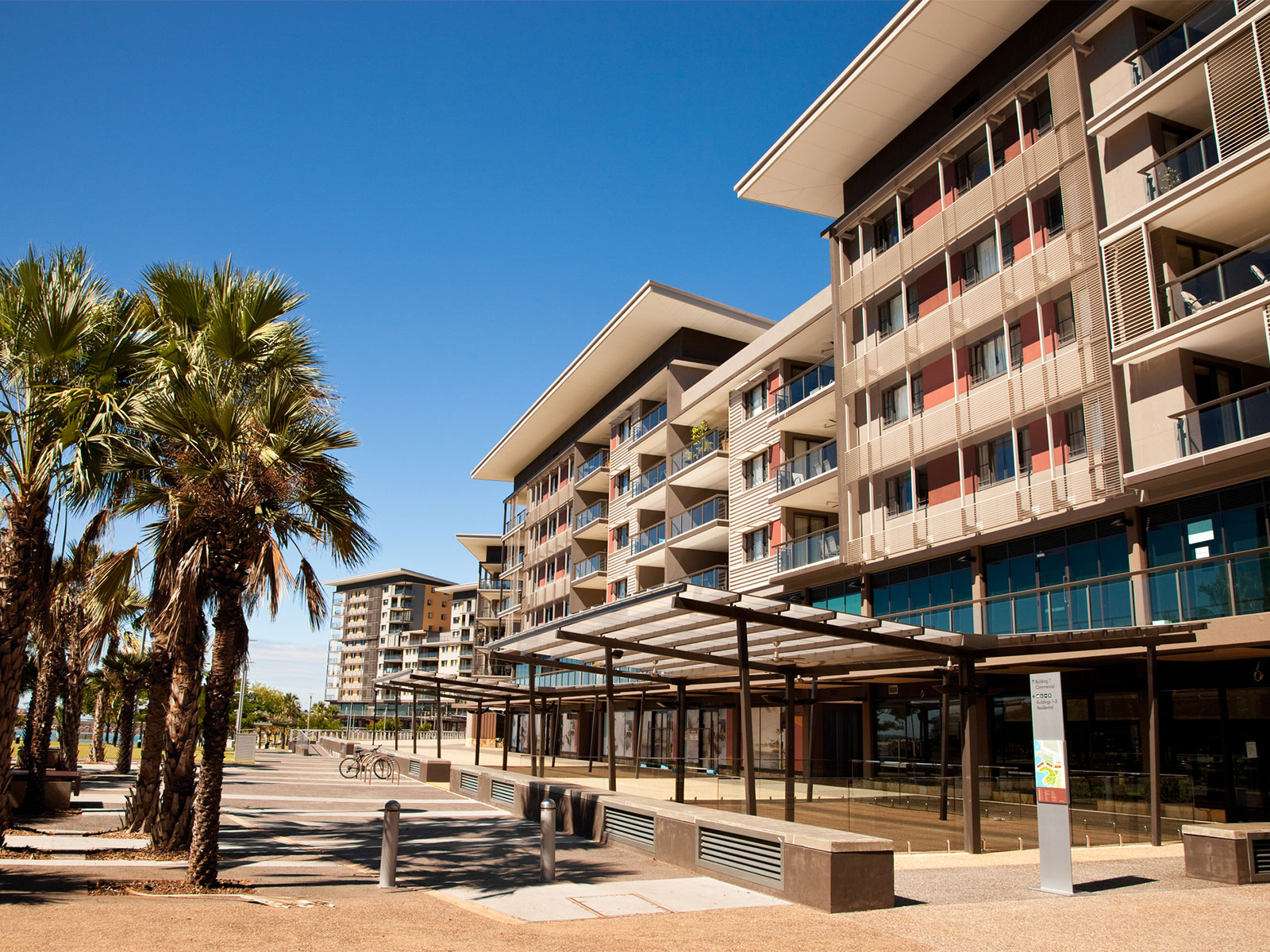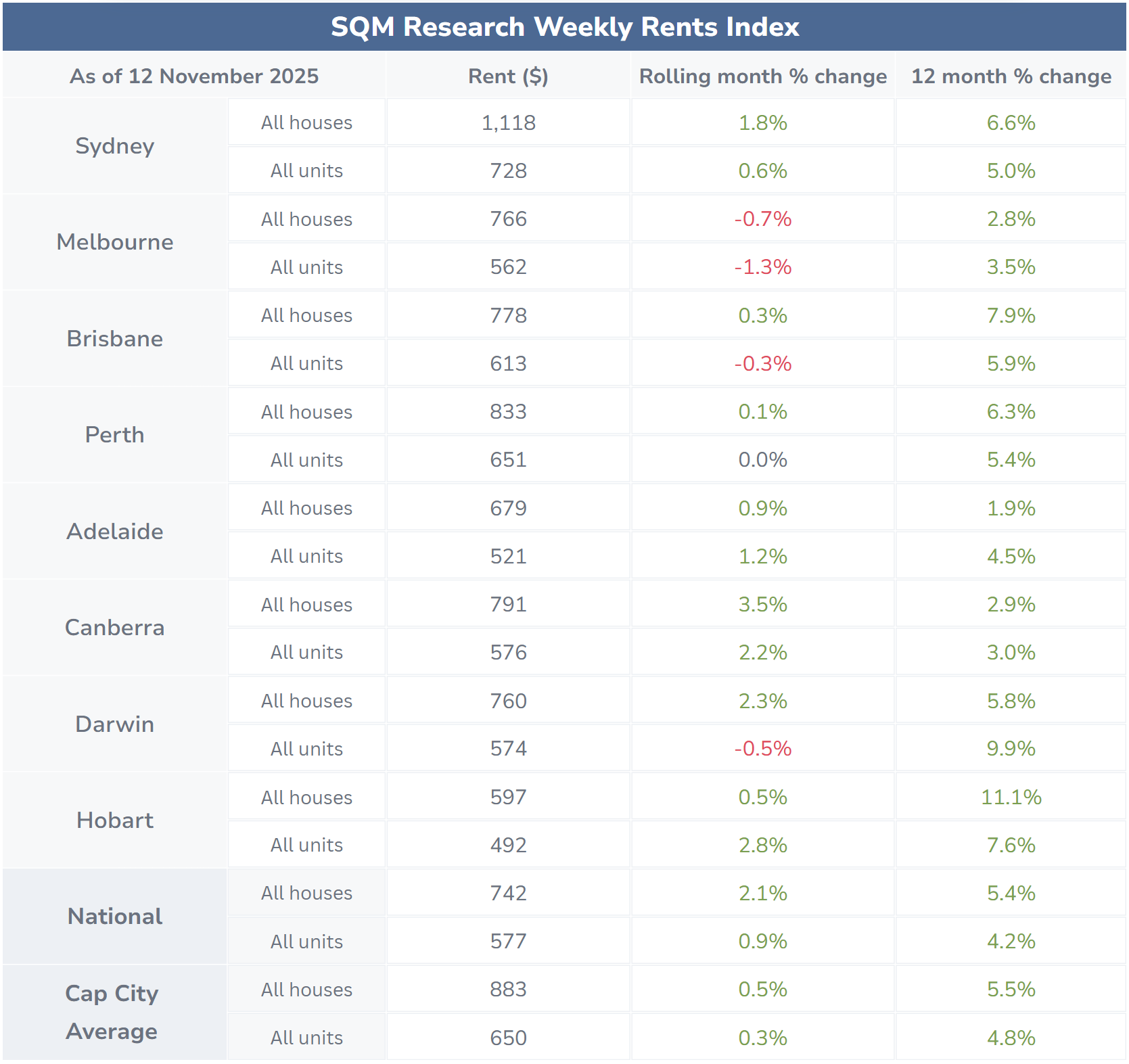October 22nd, 2025
September 2025 vacancy rate update
Industry News
Blog

Australia’s rental market stayed tight in October 2025, with the national vacancy rate holding at 1.2% for the fourth month in a row, according to the latest data from SQM Research. Over the month, 106 available homes were added to the rental market, making the total number 36,152 nationwide.

Across the country, combined advertised rents averaged at $665 per week, climbing by 1.6% in the 30 days to 12 November 2025 and 4.9% in the past 12 months. In contrast to September, rental values for houses grew faster than that of units.
The capital city average sits at $759, up slightly by 0.4% over the 30-day period and 5.2% in the past 12 months.
Growth rates have eased slightly from previous months but Louis Christopher, Managing Director of SQM Research, said “the rental market remains very tight, with little sign of meaningful supply increases”.

Hobart, Perth and Adelaide continue to be Australia’s most competitive rental markets, with renters competing for less than 1.0% of homes in each city.
With stock sitting at or near record lows, Property Managers in these markets are still managing extremely strong tenant competition and rising owner expectations.
The three largest capitals are showing more balance between supply and demand.
Vacancy in Brisbane rebounded up to 1.0%, though it remains tight with 3,391 vacancies. Rents, at $704, showed no growth over the month but are still 7.1% higher than a year ago, as population growth from interstate migration props up demand.
With the number of available homes not expected to rise much any time soon, the rental market will continue to be extremely tight through the end of the year.
“While some capitals are showing temporary easing in rent growth, underlying conditions remain undersupplied, particularly in cities such as Perth, Adelaide, and Hobart,” Christopher said.
“Overall, we expect rental conditions to remain tight through the summer months, with only a modest increase in vacancies likely in early 2026.”
————
Disclaimer: The information enclosed has been sourced from SQM Research and is provided for general information only. It should not be taken as constituting professional advice.
PropertyMe is not a financial adviser. You should consider seeking independent legal, financial, taxation, or other advice to check how the information relates to your unique circumstances.
We link to external sites for your convenience. We are selective about which external sites we link to, but we do not endorse external sites. When following links to other websites, we encourage you to examine the copyright, privacy, and disclaimer notices on those websites.